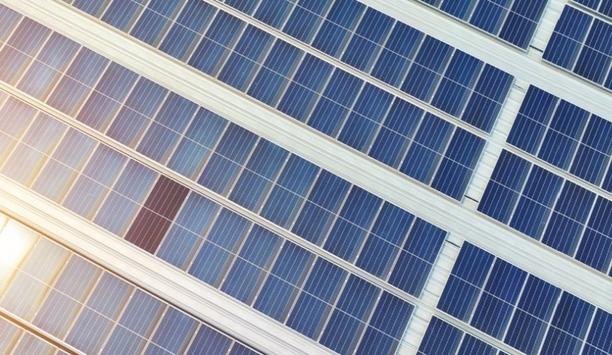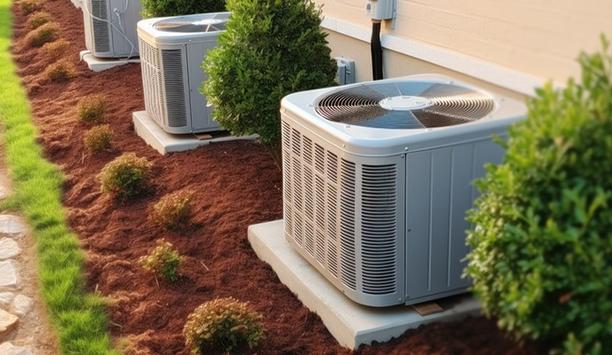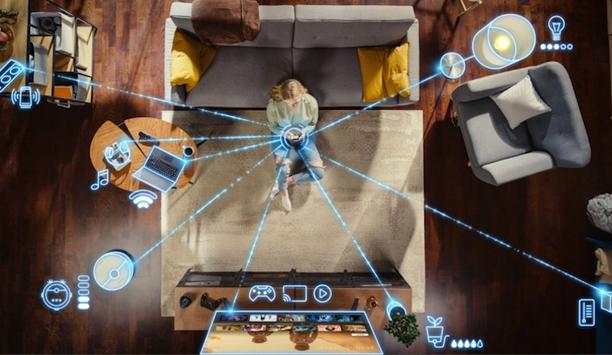As schools work to reopen safely in the midst of a global pandemic, HVAC is at the center of the mission. Adequate ventilation and effective air filtration are critical elements to ensure safe indoor air quality for educational institutions. Many schools are housed in older buildings that may not have been adequately maintained. Transforming them to address the new challenges of minimizing exposure to the novel coronavirus is that much more difficult.
In fact, a recent study by the U.S. Government Accountability Office found that more than half of the nation’s school districts have outdated building systems. Some 40% of the nation’s 13,000 school districts need new or updated HVAC systems in at least half of their schools - that’s almost 40,000 schools that have issues of poor indoor air quality. Funding is an ongoing problem, especially as the pandemic has undermined the financial health of many school systems.
interior building components
Even so, classroom air quality is now more important than ever before. Introducing more fresh air into a building - with better ventilation - is an important consideration to minimize spread of the novel coronavirus. Already, many schools are chronically under-ventilated. Extending HVAC system operating hours can provide more ventilation before and after the building is occupied. Building code standards typically require schools to circulate the air inside classrooms at least three times per hour.
With the threat of COVID-19, the recommendation is to target five clean air changes per hour. However, increasing outdoor air ventilation comes with a toll of more indoor humidity and less comfortable temperatures. Additional dehumidification is needed to avoid condensation on interior building components such as piping and ductwork. And the solutions are not one-size-fits-all.
supplemental air cleaning
Related to filtration, ASHRAE suggests use of MERV 13 filters, which can capture particles as small as 03-1.0 microns
There are many variables in terms of the educational facilities and HVAC systems such as complexity, flexibility, age and condition. Mechanical needs of each school depend on available resources, school demographics and building characteristics. As classroom occupancy becomes less dense through social distancing, the changing impact on HVAC needs should be factored in, too. In addition to ventilation, there are considerations of filtration and supplemental air cleaning.
Related to filtration, ASHRAE suggests use of MERV 13 filters, which can capture particles as small as 03-1.0 microns. However, higher efficiency filters can restrict airflow and cause strain on HVAC systems, especially older models. An alternative is using portable air filters with HEPA filtration for each classroom. Another consideration is possible use of UV-C for in-duct air disinfection, although the systems must be compatible to existing HVAC systems.
airborne infectious diseases
There are also upper-room germicidal UV-C fixtures for infection control, which work by interrupting the transmission of airborne infectious diseases in high traffic communal areas. Use of bipolar ionization is another way of deactivating airborne viruses using proactive air purification. HVAC-mounted devices use positive and negative ions to destroy viruses for cleaner, healthier air and less risk of infections.
However, there is limited information about the effectiveness of ionization systems, especially related to the novel coronavirus. In addition, schools should examine air handling systems to ensure dampers are connected, fan belts are operative, and that cooling and heating coils are working. Cleanliness of units, condensate drain pans and related components is also paramount.







































